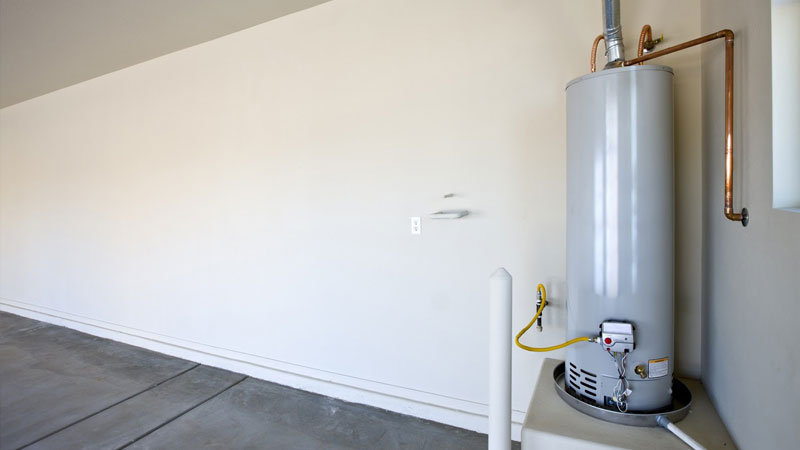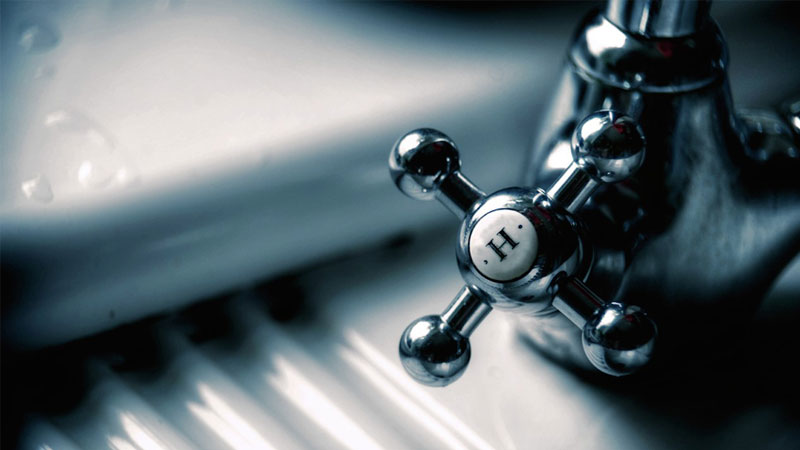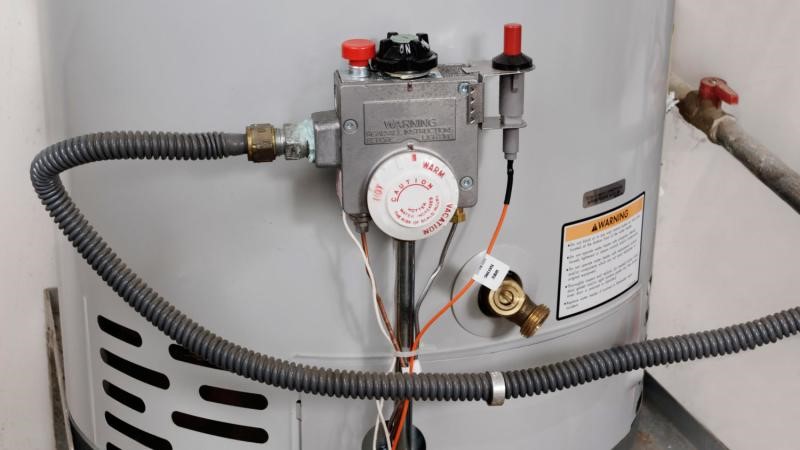Hot Water Heater Repair

When it comes to deciding whether to replace or repair the hot water heater in your home, there is a lot to consider. For many homeowners, it is a complex balancing test of expected lifespan, relocation plans, costs of each service, and energy cost savings that may be generated in the long run. In addition to these elements, homeowners also have to consider how satisfied they may be with their current volume of hot water available at any given time. Let’s discuss these elements in greater detail, below.
Hot Water Heater Problems
Hot Water Heater Leaking
It not uncommon for your heater to leak as it ages. The copper pipes that enter into the top of it can develop pinhole leaks in the solder joints. These pipes may simply need to be resoldered to solve the problem. In some cases, the Temperature & Pressure Relief Valve (T&P) may be bad. You may even have a leaky cold water shut-off valve mounted on the inlet cold pipe.
No Hot Water in House

If you do not have any hot H2O, the first thing to check on an electric heater is the breaker box. If the breaker has not been tripped, it is either the heating element itself, or the thermostat limiter/reset switch that has failed or needs resetting. Pushing the button on the switch will help you decide which one it is pretty quickly.
Running out of Hot Water
If you have hot H2O but it runs out rapidly, there are other factors to consider. If the heater never produced enough hot H2O, it may lack the holding capacity to meet your needs. In this case, replacement is the only option.
Alternatively, you may simply have a heating element that is on its last leg or a faulty thermostat. In other cases, you may have a damaged dip tube that is mixing the cold water and diluting the hot water in storage. A broken dip tube is usually accompanied by a loss of pressure and plastic sediment passing into the faucets.
If the change is seasonal, you may want to consider adjusting the thermostat to increase the temperature. Because the H2O cools down faster as it radiates out of the pipes in the winter, it makes sense to dial the heat up a few degrees to compensate.
Hot Water is Too Hot

If your H2O is too hot, this may indicate that the thermostat is stuck on a high setting. It is not regulating the temperature properly and has a high internal resistance that is reading a temperature much lower than what it really is. The only solution is to replace the thermostat and address any related wiring issues.
Hot Water Takes Too Long
If you have a gas heater, it can heat up the full tank twice as fast as an electric model. If your tank is suddenly slow to produce H2O, it may be due to a change of demands making it more noticeable, or a heating element or thermostat on the way out. In a gas model, it may be a dirty orifice tube, low gas pressure, or a blocked flue. A cleaning and inspection may suffice to correct these problems.
Low Hot Water Pressure
This problem is more common in older homes that have smaller 1/2″ galvanized piping. Newer systems use 3/4″ piping that has a wider diameter to improve back pressure and flow. You may also have corrosion inside your pipes or hard water deposits building up at the faucets and shower head nozzles. Using calcium, lime, rust, and sediment cleaners such as CLR to remove the hard water would be the first step in diagnosing the problem.
These are just a few of the most common problems and how to address them. If your tank is cracked or not meeting your current operational capacity needs, you definitely need to replace it. In other cases, you may want to weigh a number of personal factors to decide whether repair or replacement is right for you. Give the plumber guys a call and we’ll be glad to help you lay out your options and decide what is best.
